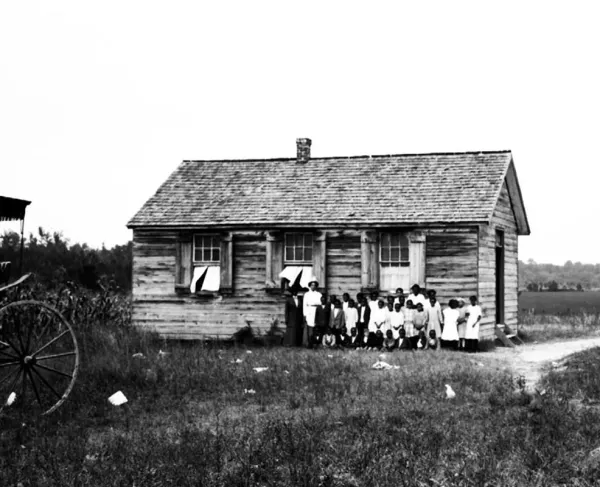Perryville Campaign 1862
American Battlefield Trust’s map of the Perryville Campaign
In mid-1862, the Confederacy sought to regain the initiative in the critical region between the Mississippi River and the Appalachian Mountains. That spring, Union troops had successfully captured the Tennessee cities of Nashville and Memphis, and had won decisive victories at Forts Henry and Donelson and at Shiloh. With those Confederate defeats, most of the lower Cumberland and Tennessee River valleys had come under Union control. To frustrate Union plans in the region, Confederate President Jefferson Davis believed the Union slave-owning border state of Kentucky, which had declared its neutrality earlier in the war, could still be won over to the Confederate side. An earlier Confederate move into Kentucky took place in late 1861, but met failure at the battle of Logan’s Crossroads (or Mill Springs) in the eastern part of the state. Davis sought to try again.
In May, the pro-Confederate Kentucky government-in-exile chose a new governor. Sensing an opportunity, Davis ordered the Army of the Mississippi under Maj. Gen. Braxton Bragg to move north from Chattanooga, Tennessee into Kentucky to bolster the pro-Confederate political forces there. Bragg was ordered to operate in concert with the smaller Army of Kentucky under Maj. Gen. Edmund Kirby Smith, who would enter eastern Kentucky from Knoxville. Kirby Smith had claimed to Bragg that thousands of Kentuckians were ready to rally to the Confederate flag. If victorious over Union defenders, Bragg and Smith could potentially threaten Louisville or Cincinnati on the Ohio River.
Bragg left Chattanooga on August 27 and headed north, pursued by the Union Army of the Ohio under Maj. Gen. Don Carlos Buell, who had been operating in Alabama and mid-Tennessee. Smith tangled with a Union division on August 29 at Richmond, Kentucky, brushing aside the defenders and capturing 4,000 Federals. Bragg also captured over 4,000 Union soldiers at Munfordville on the Green River on September 17th, and arrived in Frankfort on October 4th. There, Bragg witnessed the inauguration of the pro-Confederate governor just as advance elements of Buell’s army reached the edges of the city. Withdrawing to the southeast toward his supply base, Bragg’s army halted at Perryville on the Chaplin River. On October 8, Bragg clashed with Buell’s Yankees in the dry hills west of Perryville before he could unite with Smith. Both sides suffered over 7,600 casualties in the largest battle ever to be fought in Kentucky. Although achieving a tactical victory, Bragg and Smith withdrew back into Tennessee, ending the Heartland Offensive and any possibility of Kentucky joining the Confederacy.



